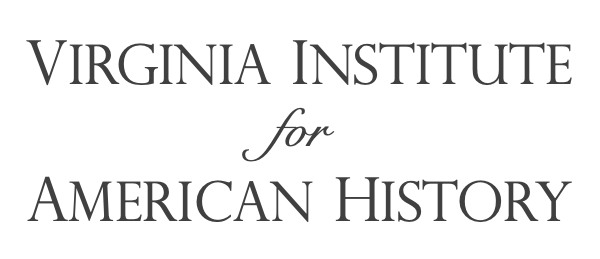One hundred fifty years ago, on July 1-3, 1863,
the most important battle of the American Civil War was fought.
"General Robert E. Lee concentrated his full
strength [leading the Army of Northern Virginia] against Major General George G. Meade’s Army of the Potomac at the
crossroads county seat of Gettysburg at what would come to be known as
the Battle of Gettysburg. On July 1st, Confederate forces converged on the town
from west and north, driving Union defenders back through the streets to
Cemetery Hill. During the night, reinforcements arrived for both sides. On July
2nd, Lee attempted to envelop the Federals, first striking the Union left flank
at the Peach Orchard, Wheatfield, Devil’s Den, and the Round Tops with
Longstreet’s and Hill’s divisions, and then attacking the Union right at Culp’s
and East Cemetery Hills with Ewell’s divisions. By evening, the Federals
retained Little Round Top and had repulsed most of Ewell’s men."
"Late in the afternoon of July 2, 1863, on a
boulder-strewn hillside on the left flank of the Union line, Colonel Joshua Lawrence
Chamberlain dashed headlong into history, leading his 20th Maine Regiment in
perhaps the most famous counterattack of the Civil War. The regiment’s sudden,
desperate bayonet charge blunted the Confederate assault on Little Round Top
and has been credited with saving Major General George Gordon Meade’s Army of
the Potomac."
"During the morning of July 3rd, the Confederate
infantry were driven from their last toe-hold on Culp’s Hill. In the afternoon,
after a preliminary artillery bombardment, Lee attacked the Union center on
Cemetery Ridge. The Pickett-Pettigrew assault (more popularly, “Pickett’s
Charge”) momentarily pierced the Union line but was driven back with severe
casualties. Stuart’s cavalry attempted to gain the Union rear but was repulsed."
The assault line of Pickett's Charge, comprised of approximately 12,500
Confederate soldiers engaged in the attack, extended a half-mile in width. "The
hapless attackers were required to advance one mile through an open field and
over a stone fence before they could engage their enemy. The majority of this
distance was covered at a rank-and-file walk while Union troops poured deadly
cannon and rifle fire upon them. The Confederates could not fire back. The
Union troops, however, maintained a murderous hail of rifle fire by organizing
themselves into efficient lines of four soldiers. After the first in line
fired, he would move to the back of the line to reload his weapon while the
next in line fired."
"The impact of this efficient killing machine on
the approaching Confederates was devastating. As their comrades fell, their
units would reorganize and tighten their ranks. Smoke from the cannonade from
both sides soon drifted over the field dramatically reducing visibility. The
noise was deafening. As they approached within a a few feet of the Union line,
the Confederates charged. Some were able to scale the low stone wall separating
them from their enemy, but the devastating fire from the Union troops forced a
retreat. The battle was over."
Approximately 10,000 Union and Confederate
soldiers died over three bloody days at Gettysburg, while another roughly
30,000 were wounded.
"Gettysburg holds significance for many reasons:
• It was a turning point in the war, ensuring
the preservation of the nation [under the Constitution].
• Four months later, it was the site of Abraham
Lincoln’s Gettysburg Address, where he described his vision for a “new birth of
freedom” for America. It was what many consider the best summation in our
nation’s history of the meaning and price of freedom.
• In the decades following the battle, it became
a symbol of reconciliation, as soldiers from the Union and the Confederacy
returned to the battlefield to shake hands across the fence lines."
_________________________________________________
“The world …can never forget what they did here.
It is for us the living, rather, to be dedicated here to the unfinished work
which they who fought here have thus far so nobly advanced. It is rather for us
to be here dedicated to the great task remaining before us -- that from these
honored dead we take increased devotion to that cause for which they gave the
last full measure of devotion -- that we here highly resolve that these dead
shall not have died in vain -- that this nation, under God, shall have a new
birth of freedom -- and that government of the people, by the people, for the
people, shall not perish from the earth."
--Abraham Lincoln, Gettysburg Address
_________________________________________________
Sources:
http://www.civilwar.org/battlefields/gettysburg/maps/pickettscharge.html
http://www.civilwar.org/battlefields/gettysburg/gettysburg-history-articles/defense-of-little-round-top.html
www.eyewitnesstohistory.com/pickettscharge.htm
http://www.gettysburgfoundation.org/media/assets/TheSignificanceofGettysburg.pdf


No comments:
Post a Comment